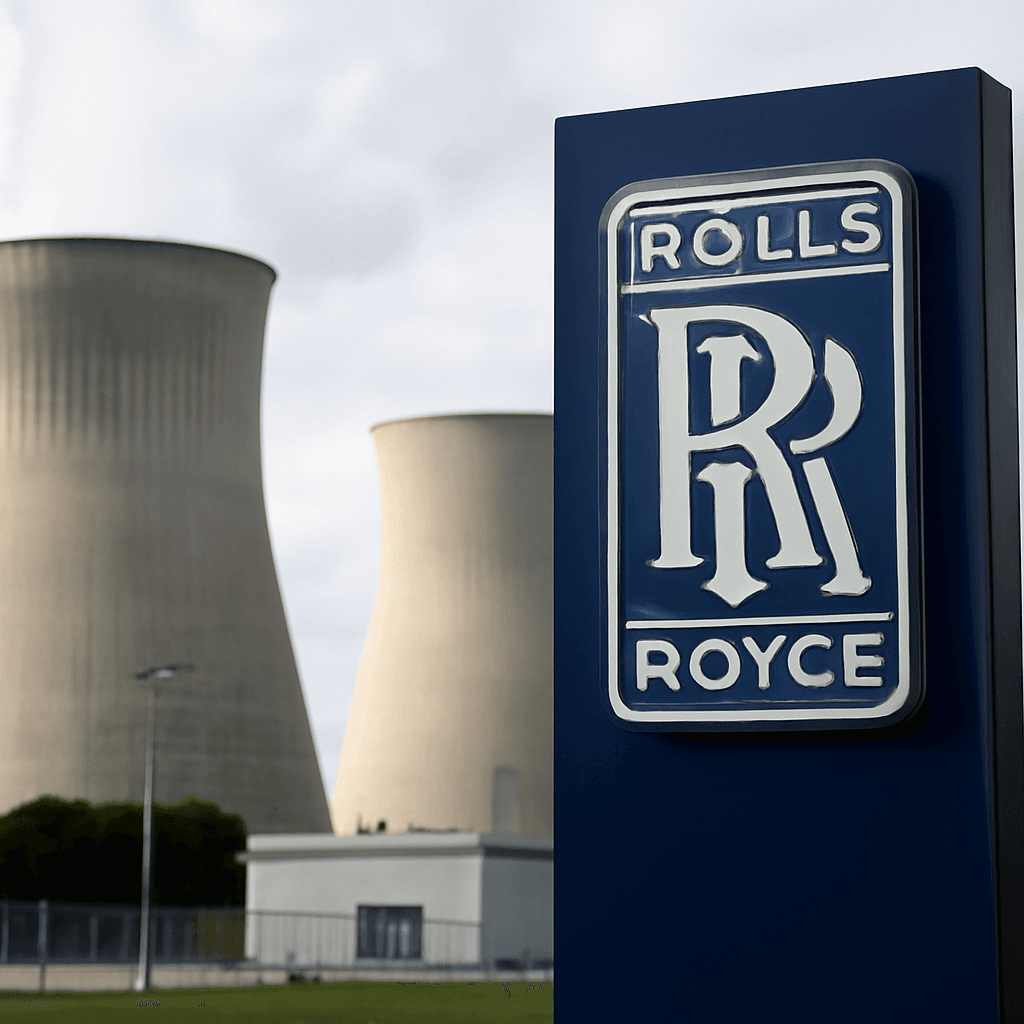Proxima Fusion Raises a Massive $148 Million to Revolutionize Energy
In a breakthrough moment for clean energy innovation, German startup Proxima Fusion announced it has successfully closed a €130 million (approximately $148 million) Series A funding round. This marks the largest private investment in nuclear fusion in Europe to date, signaling strong investor confidence in fusion technology’s potential to reshape the future of power generation.
Ramping Up the Fusion Energy Revolution
The hype around nuclear fusion—the process that powers the sun and stars—has intensified sharply in recent years. By fusing two hydrogen atoms into helium, fusion releases enormous amounts of energy without the pollution and radioactive waste issues tied to traditional nuclear fission.
Proponents argue that harnessing fusion at scale could finally deliver clean, safe, and abundant energy for a rapidly growing global population. Yet, despite decades of research dating back to the 1930s, turning this scientific marvel into a commercial reality remains one of the most formidable technical challenges of our time.
Positioning Europe at the Forefront of Fusion Technology
“Fusion offers a strategic opportunity to pivot global energy reliance from finite natural resources to cutting-edge technology leadership,” said Francesco Sciortino, CEO and co-founder of Proxima Fusion. “We are uniquely positioned to accelerate Europe’s first fusion power plant by merging top-tier engineering talent with pioneering research institutions.”
The infusion of capital will propel Proxima Fusion’s ambitious plan to deploy the continent’s first stellarator-based fusion reactor by the 2030s—a promising alternative to the more widely known tokamak design. Stellarators utilize intricate magnetic fields shaped like a donut to confine plasma, enabling better stability and continuous operation, essential for sustained fusion reactions.
Backing from Leading Venture Capital Firms
The Series A round was co-led by Cherry Ventures and Balderton Capital, bolstering Proxima Fusion’s total funding beyond €185 million when including prior public and private investments. Daniel Waterhouse, partner at Balderton Capital, emphasized that stellarators represent “not just a viable technological path but the future power plants capable of driving Europe’s clean energy transition.”
The Road Ahead: Challenges and Promise
While the International Atomic Energy Agency views commercial fusion as a potential game-changer for energy security and climate goals, some experts remain cautiously skeptical. They highlight the significant scientific and engineering hurdles that still need overcoming before fusion can be scaled to meet global electricity demand reliably and cost-effectively.
Nonetheless, founding roots in the Max Planck Institute for Plasma Physics (IPP) give Proxima Fusion a strong foundation of plasma and nuclear expertise, fueling optimism that this next-generation fusion approach could soon move from theory to reality.
Why Fusion Matters Now
- Unlimited Energy Potential: Fusion fuel—hydrogen isotopes—is abundant and widely available.
- Minimal Environmental Impact: Fusion avoids greenhouse gases and long-lived radioactive waste.
- Energy Security: Reduces dependence on fossil fuels and geopolitical vulnerabilities.
- Technological Innovation: Advances in superconducting magnets and plasma control are unlocking new possibilities.
As the world searches for sustainable solutions amid mounting climate pressures, Proxima Fusion’s record-breaking funding round underscores growing momentum behind turning fusion’s promise into practice.



















